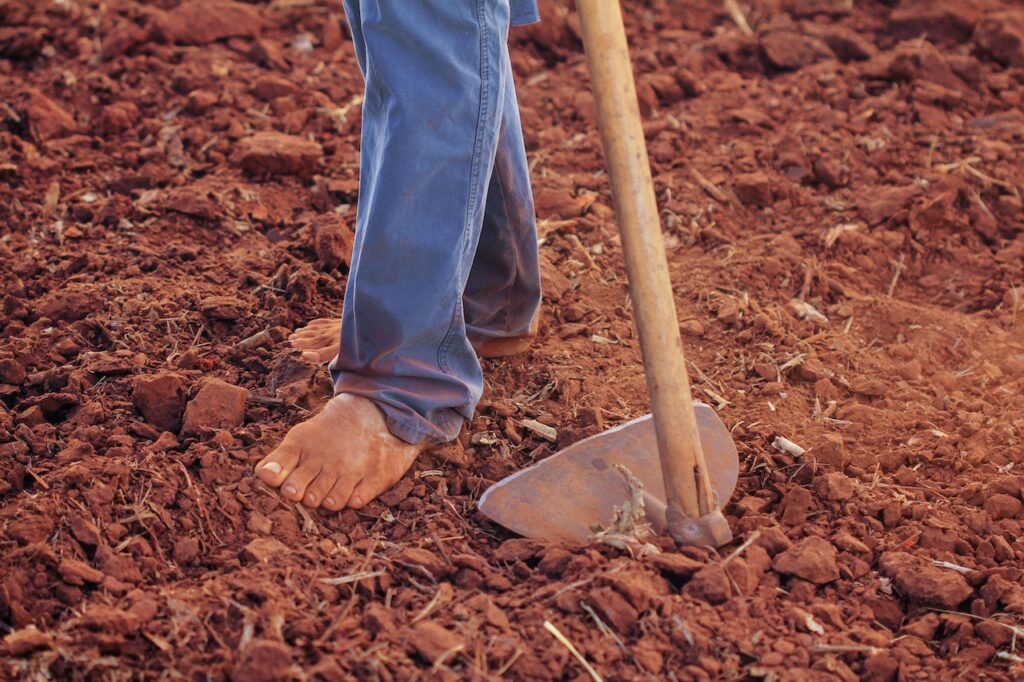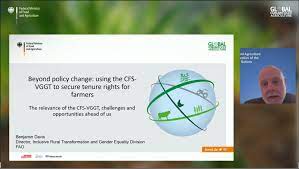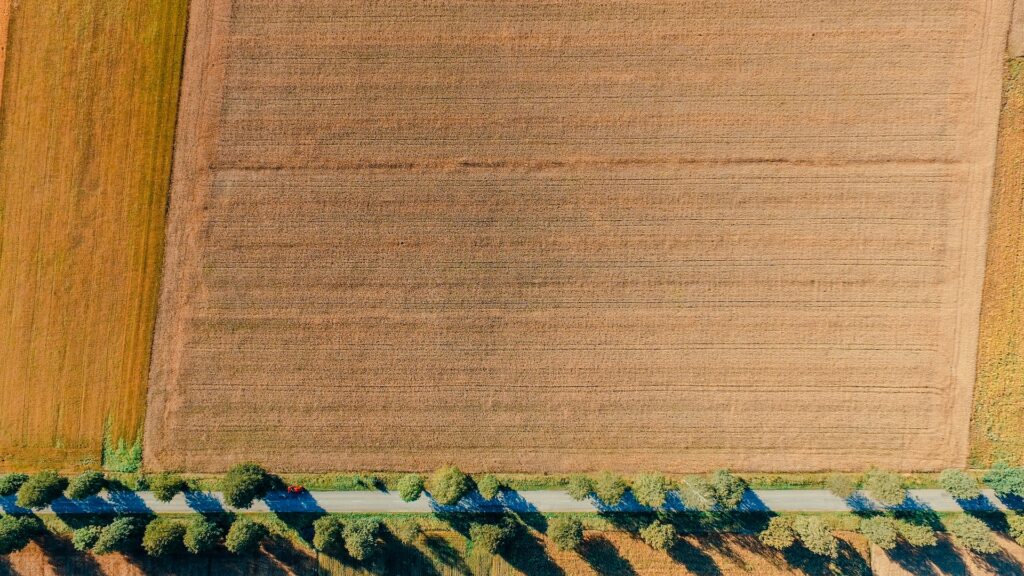Soil is the very foundation of food production. In fact, about 95% of global food production depends on soil. It supports a quarter of the planet’s biodiversity not only through supplying food but also by regulating nutrient, carbon, and water cycles. Soils control planetary ecosystem functions and health issues by creating an unbreakable soil-plant-animal nexus.
Unfortunately, the world’s soils are under increasing pressure. The world population is growing and the rising demand for food and other resources leads to increased competition for land. Climate change and human activities contribute to soil degradation. Still, the topic of soil is too often missing from global policy meetings and conferences, such as the recent COP26.
The five-day Global Forum for Food and Agriculture (GFFA), organised by the German Federal Ministry of Food and Agriculture, called attention to the different challenges we face regarding soil and land use. With the initial recognition of the need for worldwide cooperation to find solutions to this challenge for the global food situation, the GFFA set out to promote dialogue and further expand international exchange around the issue, as Cem Özdemir, German Federal Minister of Food and Agriculture, said during his opening talk: “The fight against climate change doesn’t stop at a country’s border, we must all work in the same direction, exchange knowledge, share experiences and develop pathways jointly.” The conference opened in the name of urgency to mitigate climate change, reduce biodiversity loss, and achieve sustainable soil and land management systems to feed the growing population sustainably.
The concluding event of the GFFA, not open to the public, gathered 70 agricultural ministers and led to establishing a common stance on the subject in a final communiqué.
What’s the matter with soils worldwide?
Land grabbing by private investors, listed companies, and investment funds has become a threat to smallholder farmers. The governments of many African countries are continuously supporting such destructive mechanisms. In the past 20 years, about ten million hectares were sold out or leased for large-scale farming. The promise of yield and food production increase is often not held, profit and not people’s prosperity and livelihoods are aimed at, as stated by Luís Muchanga, Director of the Mozambican farmers’ association União Nacional de Camponeses (UNAC). Dr. Sabine Dorlöchter-Sulser, Rural Development Officer, MISEREOR, backed up this fact, displaying the results of two studies undertaken for her organisation on large-scale land acquisition in Africa, where no significant bettering of the farmers’ situation could be seen. Dorlöchter-Sulser pleaded for a people-centred approach to rural development, focused on understanding farmers’ needs, and considering their agency.
Furthermore, in many parts of Africa and other low-income countries, local and Indigenous communities, as well as women, often have little to no land rights. This is a crucial barrier against the mass adoption of planet-friendly food production practices (e.g. organic farming, regenerative agriculture, agroecology, etc.). If farmers do not own the land, they might not feel the urge to work sustainably. They are obliged to pay the landlords, for example, and cannot adopt practices that require long-term planning. Benjamin Davis, Director of Inclusive Transformation and Gender Equality Division, FAO, stated that only 3% of land value was captured by poor people, adding that
“Land rights should be perceived as fundamental rights, just as the rights to water, food, or self-determination. The idea must be scaled up and mainstreamed.”


